Euglenas, single-celled, flagellated eukaryotes, boast distinct morphological features, frequent occurrence in samples, reaching up to a thousand species, and a unique ability to both consume prey like animals and perform photosynthesis like plants, rendering them quite popular organisms. This characteristic led scientists to uncertainty regarding their classification, but ultimately they have been placed under the category of Protists alongside Amoebas and Paramecia.
At its anterior end, it features a whip-like flagellum that rapidly oscillates akin to a helicopter blade. Additionally, prominently distinguishable in this region is a red-colored eye structure called stigma. Another distinguishing feature setting it apart is its possession of chloroplasts. Through a process initiated by mitotic division of the cell nucleus, Euglenas replicate by longitudinal division. Its body is enclosed by a flexible membrane called pellicle. It feeds through phagocytosis, enveloping its food and digesting it. When provided with sufficient light for phototrophy, Euglenas utilize their chloroplasts containing chlorophyll a and chlorophyll b pigments to produce sugars via photosynthesis. Furthermore, their chloroplasts harbor pyrenoids, utilized in synthesizing paramylon (a carbohydrate similar to starch) to ensure survival in the absence of light.
Ecological Distribution and Habitat
Euglenas can be found in various water sources such as marshes and ponds. Particularly, when present in large quantities, they can cause the water to take on a greenish hue. Given their size ranges from 15 to 500 micrometers, observing these organisms requires examination under a microscope. However, most ordinary microscopes are capable of revealing their flagella, chloroplasts, and stigma.
Behavior and Ethology
One characteristic of euglenoids is their possession of a red eye-like structure known as a stigma. This structure is composed of carotenoid pigment granules. Contrary to popular belief, this eye-like structure is not directly light-sensitive. Near the point where the flagellum emerges from the Euglena, there is a photoreceptor (in the form of a swollen structure). The stigma filters the light passing through it, allowing only light of certain wavelengths to reach this photoreceptor. As the Euglena moves and rotates, there are changes in the light falling on this receptor, thus facilitating phototaxis. Therefore, the stigma indirectly, rather than directly, plays a role in Euglena’s perception of light. Although present in plant cells, Euglena lacks a cell wall. It is surrounded by a pellicle supported by microtubules, providing it with a unique capability for contraction and flexion. Despite Euglena’s chloroplasts being surrounded by three separate membranes, unlike those of plants and green algae which are enclosed by two membranes, this structure is presented as morphological evidence that Euglena’s chloroplasts evolved from green algae.
Euglena reproduces asexually through binary fission. Reproduction begins with the mitosis of the cell nucleus followed by cell division. Euglena divides longitudinally, starting from the anterior end of the cell, replicating the processes of flagella, gullet, and stigma. Subsequently, a division occurs at the front, and a V-shaped fork gradually moves backward until the two halves are completely separated. Sexual reproduction is rare and has yet to be conclusively proven.
Human Interaction and Cultural References
In some regions, Euglenas are regarded as part of the culinary landscape. Ground Euglena powder is likened to dried anchovy flakes in taste and contains minerals, vitamins, and docosahexaenoic acid, an omega-3 fatty acid. In these culinary contexts, Euglena powder is used as an ingredient in various foods. For instance, a company named Kemin Industries sells a Euglena nutraceutical supplement containing dried Euglena gracilis with high levels of beta-glucan.
Furthermore, the lipids found within Euglena, primarily wax esters, are seen as promising raw materials for biodiesel and jet fuel production. Euglena Co., Ltd., under the auspices of Itochu, completed a refinery facility in Yokohama in 2018 with an annual production capacity of 125 kiloliters of bio-jet fuel and biodiesel.
Etymology
The term “Euglena” is derived from the combination of the Greek prefix εὐ- (eu-), meaning “good,” and the word γλήνη (glḗnē), which translates to “eye.”
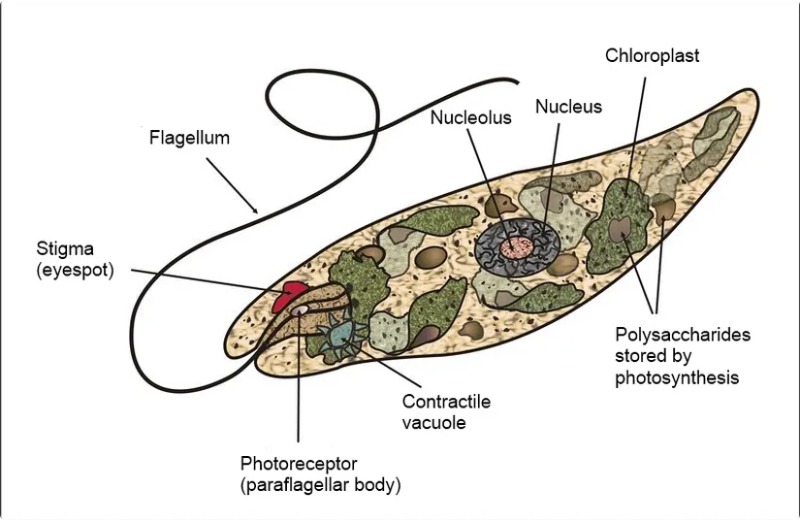
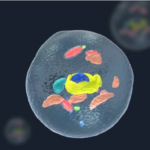
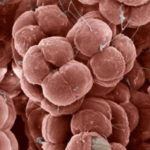
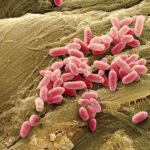
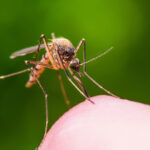

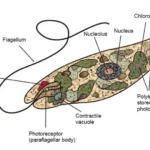
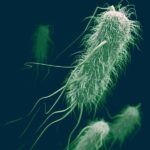
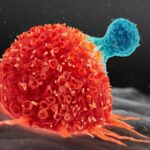
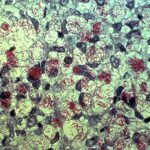
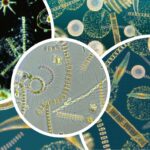
Howdy! I simply wish to give you a huge
thumbs up for your excellent information you’ve got right here on this post.
I’ll be returning to your website for more soon.